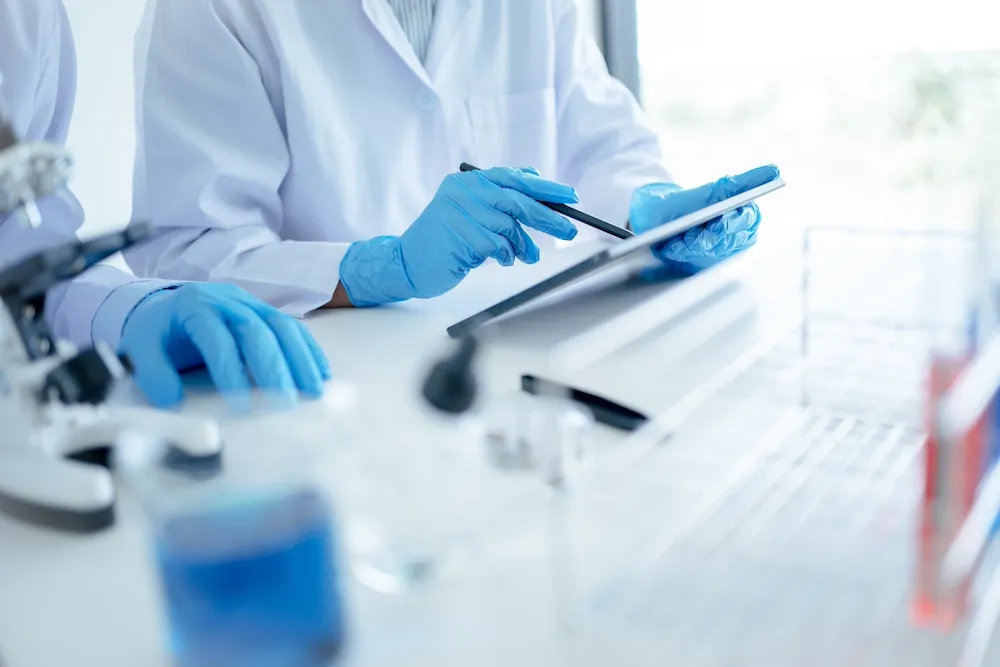
Indeed, a consultant went through 21 different substances for possible addition to the directive for restriction of use with hazardous substances (RoHS2) in Electrical and Electronic Equipment (EEE). Fern Abrams, director of regulatory affairs and government relations at the IPC states that in this report, the Öko Institute prioritised its own data's over the ECHA's for the amount of Tetrabromobisphenol A (TBBPA) on the EU market. ECHA indicates that between 1 000 and 10 000 tonnes of TBBPA are manufactured or used on the european market. The Institute reduce that number between 1 000 and 2 500. However, they insist that between 6 000 and 20 200 would reflect amounts entering through import of components and products on the european market. Inneke Claes, manager of environment, health and safety waste and chemicals at Eurometaux says that some metal compounds should not have been prioritised in the first place. Those process chemicals are not found in EEE. On the other hand, she precises that Öko Institute has allowed stakeholder's contribution and dialogue and those information are reflected in the report. ChemSec project coordinator, Frida HÖk also praised the report for its focus on volumes in substances considered for prioritization, with PVC being of significant importance in regards to EEE, it's good that the Öko Institute took this (PVC) forward and looked at its quantity, she said. Though also in agreement with Abrams, HÖk believes that TBBPA should not have been considered in isolation but in direct relation to other brominates flame retardants of the same groups.
Indeed, a consultant went through 21 different substances for possible addition to the directive for restriction of use with hazardous substances (RoHS2) in Electrical and Electronic Equipment (EEE). Fern Abrams, director of regulatory affairs and government relations at the IPC states that in this report, the Öko Institute prioritised its own data's over the ECHA's for the amount of Tetrabromobisphenol A (TBBPA) on the EU market. ECHA indicates that between 1 000 and 10 000 tonnes of TBBPA are manufactured or used on the european market. The Institute reduce that number between 1 000 and 2 500. However, they insist that between 6 000 and 20 200 would reflect amounts entering through import of components and products on the european market. Inneke Claes, manager of environment, health and safety waste and chemicals at Eurometaux says that some metal compounds should not have been prioritised in the first place. Those process chemicals are not found in EEE. On the other hand, she precises that Öko Institute has allowed stakeholder's contribution and dialogue and those information are reflected in the report. ChemSec project coordinator, Frida HÖk also praised the report for its focus on volumes in substances considered for prioritization, with PVC being of significant importance in regards to EEE, it's good that the Öko Institute took this (PVC) forward and looked at its quantity, she said. Though also in agreement with Abrams, HÖk believes that TBBPA should not have been considered in isolation but in direct relation to other brominates flame retardants of the same groups.







